Colonial Williamsburg's Mission
"That the future may learn
from the past."
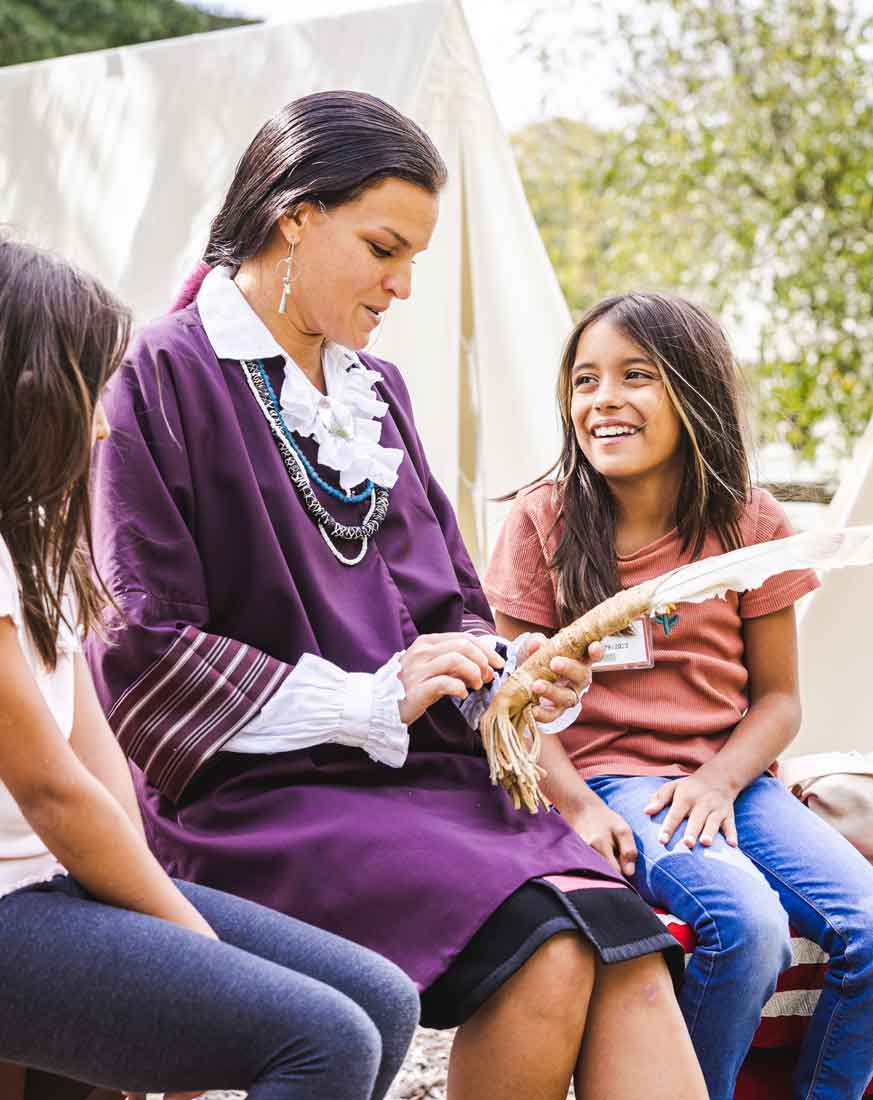
Education. Museums. Research. Preservation.
The Colonial Williamsburg Foundation advances its mission — “that the future may learn from the past” — through educational programming, preservation and ongoing research.
Williamsburg was the thriving capital of Virginia when the dream
of American freedom and independence was taking shape. From 1699 to 1780, Williamsburg was the
political, cultural and educational center of what was then the largest, most populous and most
influential of the American colonies.
The seat of government in Virginia moved to Richmond in 1780. In 1926, the Rev. Dr. W.A.R. Goodwin, rector of Bruton Parish Church, joined with philanthropist John D. Rockefeller Jr. to restore the town to its 18th-century appearance.
Today we know it as Colonial Williamsburg, a not-for-profit 501(c)3 educational institution and the largest U.S. history museum in the world. By researching and sharing the fascinating stories of those who built America, including people of all backgrounds, we can better understand history and shape our future. And in so doing, continue our nation’s unending work to build a more perfect union.
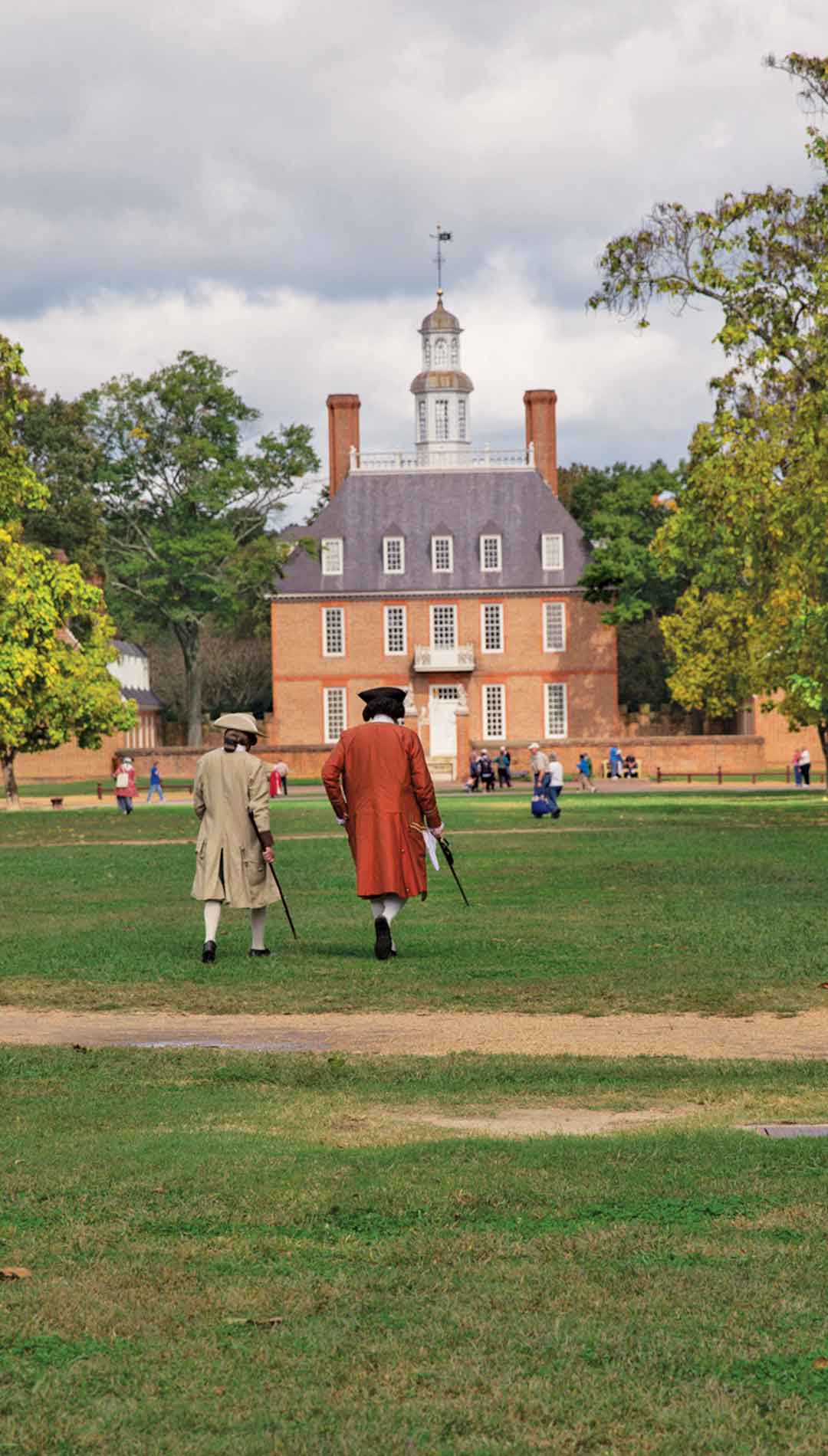
Why Williamsburg Matters
Place has power. Stories have power.
Ideas have power.
Before our nation was born, many kinds of people lived together in and
around Williamsburg. Some had come by choice, hoping to find opportunity and build a new life.
Others were captured and brought by force, their lives and life’s work exploited by others who
bought and sold them as property. Indigenous people, who had been here long before any newcomers
arrived, found their world upended and their lives uprooted by strangers.
In Williamsburg, people from different places and in very different circumstances worked and sacrificed, endured and achieved. It was a community of aspiration and contradiction — and it became a crucible for revolution.
Tensions with England mounted over fundamental civil and economic rights for American colonists. Williamsburg responded. Within the homes, government halls and taverns of this colonial capital city, people debated and codified the ideals and principles that would define a new nation. Freedom and human dignity. Self-determination and representative government. “Life, liberty and the pursuit of happiness.” These were worth fighting for, and so the Revolutionary army was mustered in Williamsburg.
Virginia’s leaders then voted in Williamsburg to risk everything — to propose American independence for all 13 colonies. The Second Continental Congress drafted a declaration and voted for it unanimously. In the face of unimaginable odds, thirteen colonies defied the most powerful empire on Earth. In so doing, they launched a new nation that forever altered the course of history.
These core ideals of justice and liberty were later enshrined in the U.S. Constitution — accessible for some but still denied to many, ensuring that America’s struggles for freedom would continue. The revolutionary spirit that began here some 250 years ago has inspired every generation and every movement for equality, dignity and liberty across history. It has inspired men and women everywhere seeking freedom and a better way of life.
Here, in this colonial capital city of Virginia, we find
ambition and idealism alongside conflict and struggle. We see courage and daring, ingenuity,
determination and pragmatism. We see the face of suffering and endurance. In Williamsburg, we can
understand the sorrows, fears, joys and achievements of the people of that time and place — and
realize how closely related they are to our own.
“That the future may learn from the past.” Never has the mission of the Colonial Williamsburg Foundation been more important. Now, more than ever, we must preserve the actual places where our nation’s very soul took shape, so that Americans may be inspired by the stories of the real people who, through revolution, forged a nation based on equality and freedom. Now, more than ever, Americans must understand the role we each play in the great, unfinished work to “create a more perfect union.”
Discover more about Colonial Williamsburg’s plans leading up to 2026, when the nation celebrates its 250th anniversary and the Foundation marks its 100th year, in our strategic plan.
By The Numbers
301
acre city
to explore
89
original buildings
to see
20+
Historic trades to discover
Open for you to visit, 365 days a year!
Learn About CW
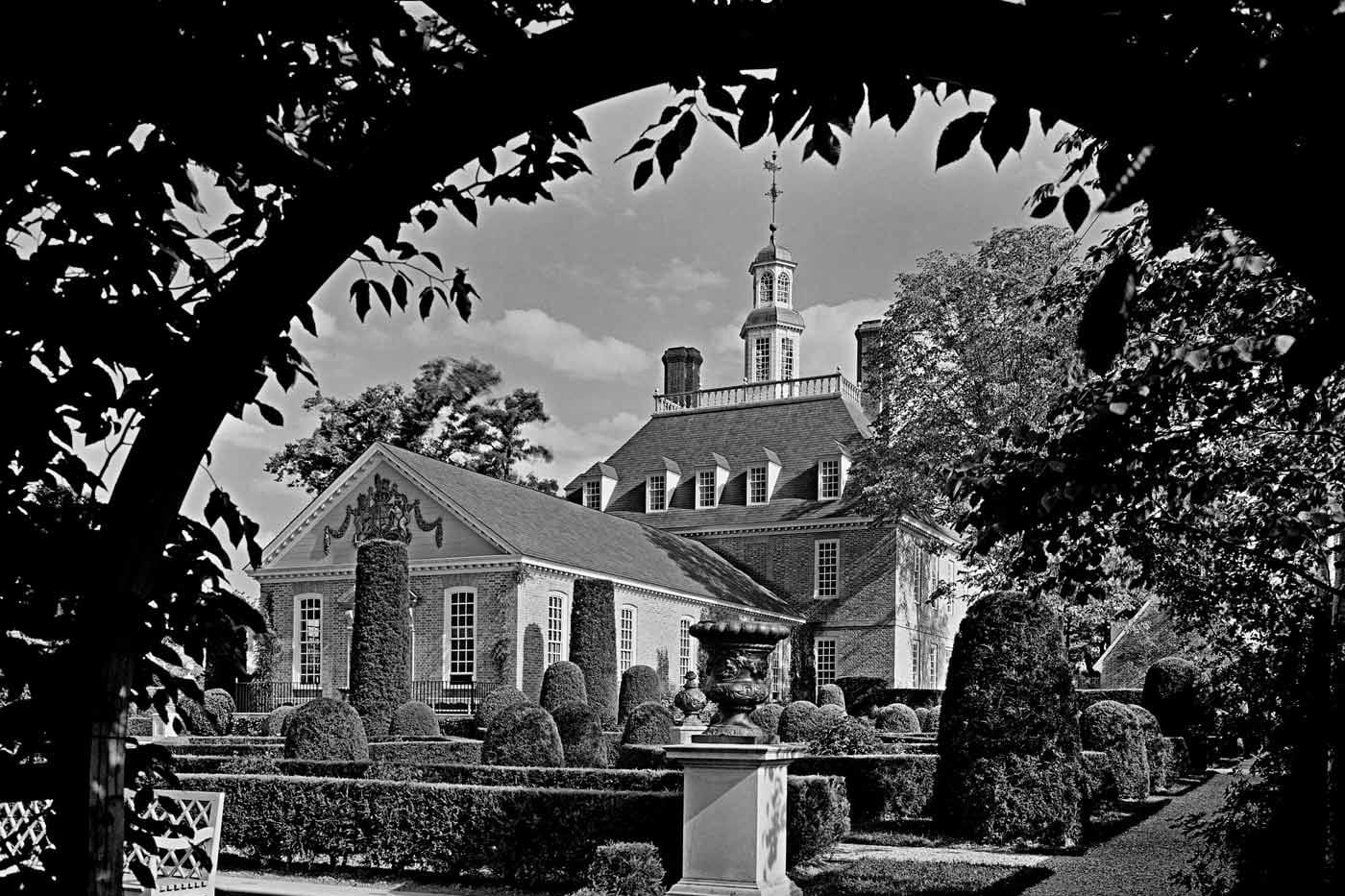
History of CW
Williamsburg was the thriving capital of Virginia when the dream of American freedom and independence took shape.
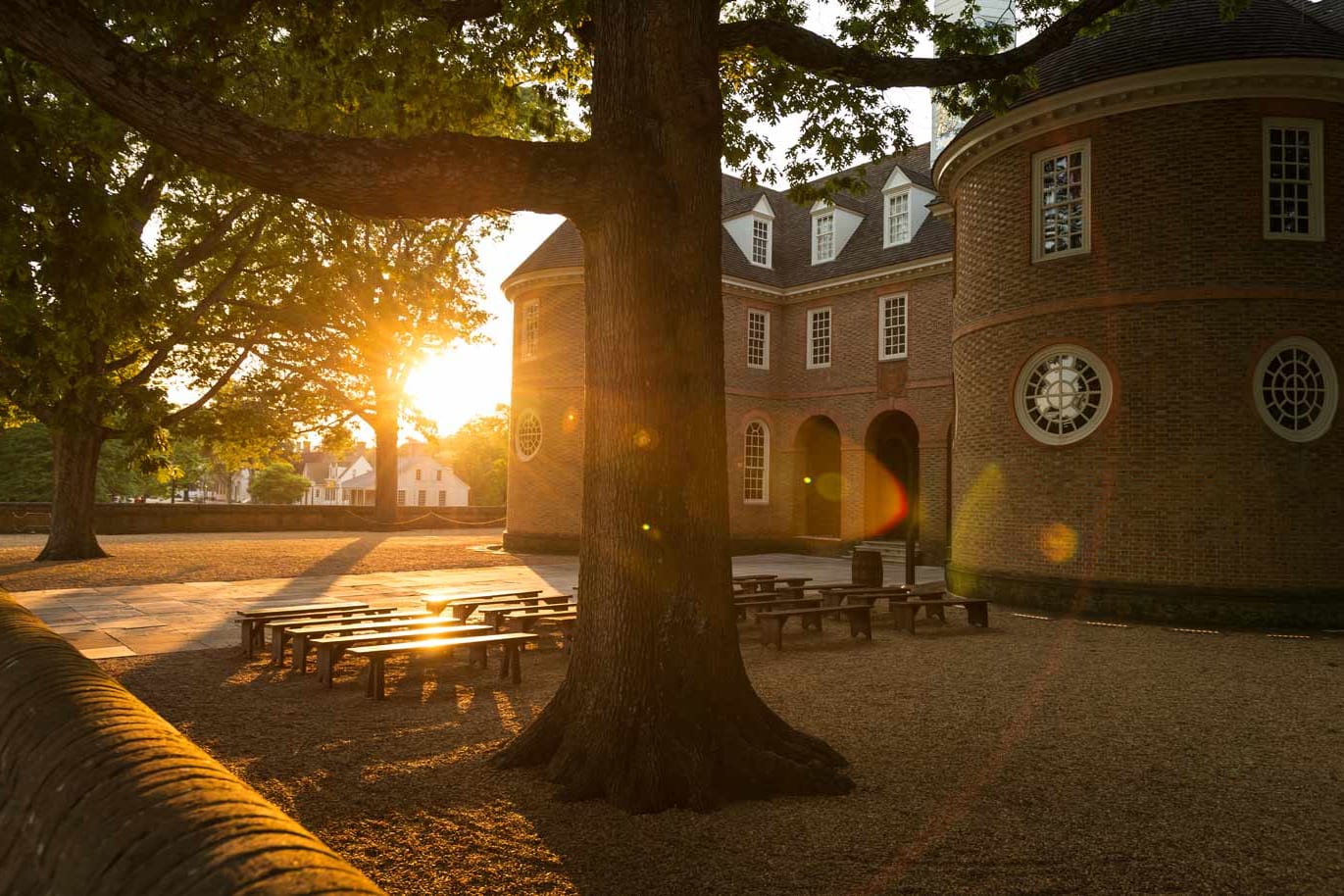
Our Organization
The Colonial Williamsburg Foundation, a private, not-for-profit 501(c)3 educational institution, maintains the world’s largest American history museum.
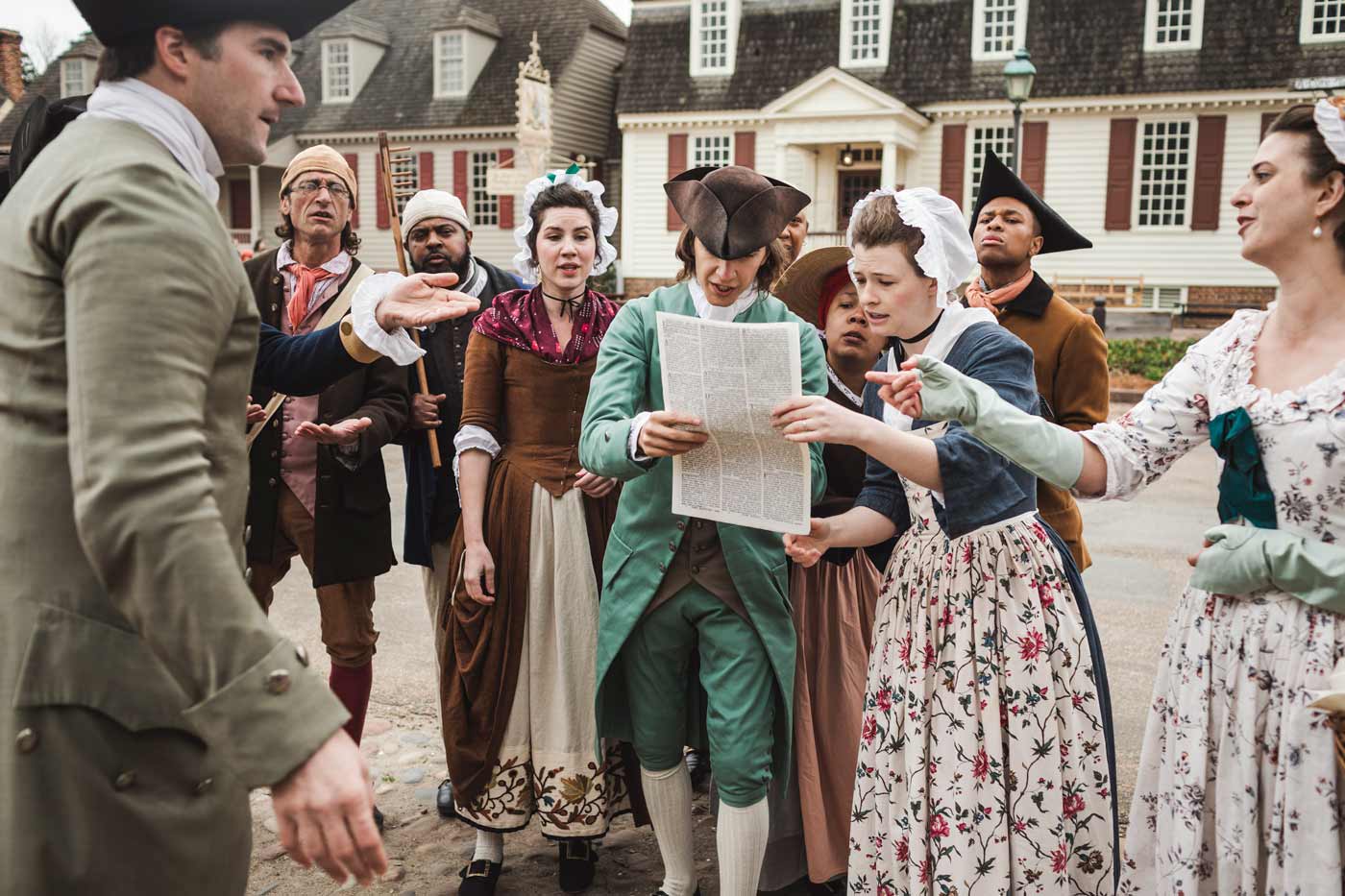
CW in the News
The Colonial Williamsburg Foundation distributes press releases and statements from leadership on issues related to the educational mission of the organization.